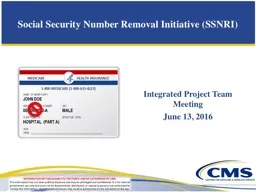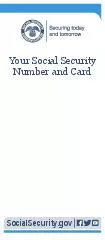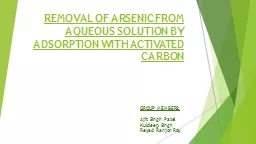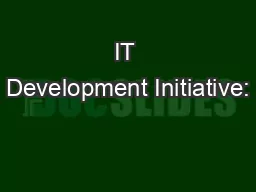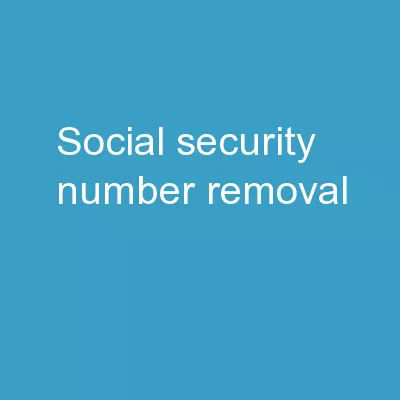PPT-Social Security Number Removal Initiative (SSNRI)
Author : tatiana-dople | Published Date : 2019-11-21
Social Security Number Removal Initiative SSNRI CMS Open Door Forum 11116 The Centers for Medicare amp Medicaid Services CMS uses the HICN with multiple parties
Presentation Embed Code
Download Presentation
Download Presentation The PPT/PDF document "Social Security Number Removal Initiativ..." is the property of its rightful owner. Permission is granted to download and print the materials on this website for personal, non-commercial use only, and to display it on your personal computer provided you do not modify the materials and that you retain all copyright notices contained in the materials. By downloading content from our website, you accept the terms of this agreement.
Social Security Number Removal Initiative (SSNRI): Transcript
Download Rules Of Document
"Social Security Number Removal Initiative (SSNRI)"The content belongs to its owner. You may download and print it for personal use, without modification, and keep all copyright notices. By downloading, you agree to these terms.
Related Documents

